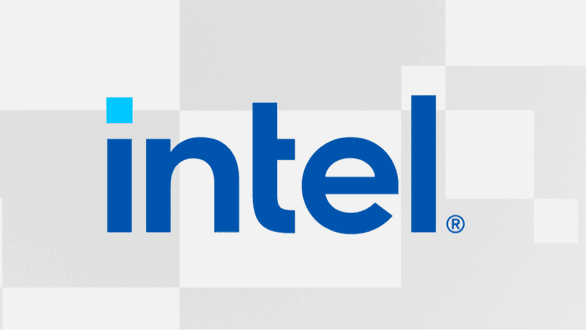Hi, I had been using ThrottleStop for some time to undervolt my laptop's CPU to reduce its temperature, but some time ago I noticed that ThrottleStop had a strange behaviour it did not have before.
- When going to the FIVR menu the Turbo ratio limits are greyed out and can't be changed
- Changing the offset voltage for the CPU or the cache seems to have no effect
- The set multiplier option doesn't show the turbo frequencies
- As soon as ThrottleStop launches, my CPU doesn't go over 2.2 GHz (Base clock), even after closing ThrottleStop
- If I open ThrottleStop again, it shows that the current frequency is 0.00 MHz
Thinking that a windows update might have stopped ThrottleStop from working I tried to download Intel XTU. But when I launch XTU I get the following error:
"Unable to start Intel XTU. If there is another performance tuning application running, you must close it before trying to start this application".
I saw that some people had issues with a microcode update disabling undervolting capabilities, but my laptop shouldn't be affected as it uses a Broadwell CPU. Since I am running the insider preview of Windows 10 I tried to create a Windows To Go USB drive with an older version of Windows, and ThrottleStop seems to be working properly on the older version. This makes me think that there might be a bug with the preview build of windows, but I looked around and I didn't see anyone report any issues recently, so I am not sure if that is the problem.
Has anyone had an issue similar to this and have you been able to fix it if that is the case? If it's of any help I can provide the logs that intel XTU generates when I try to launch it.
My laptop is a Lenovo Thinkpad X250 with a Core i5-5200u running the 19619 Insider Preview build of Windows 10.
- When going to the FIVR menu the Turbo ratio limits are greyed out and can't be changed
- Changing the offset voltage for the CPU or the cache seems to have no effect
- The set multiplier option doesn't show the turbo frequencies
- As soon as ThrottleStop launches, my CPU doesn't go over 2.2 GHz (Base clock), even after closing ThrottleStop
- If I open ThrottleStop again, it shows that the current frequency is 0.00 MHz
Thinking that a windows update might have stopped ThrottleStop from working I tried to download Intel XTU. But when I launch XTU I get the following error:
"Unable to start Intel XTU. If there is another performance tuning application running, you must close it before trying to start this application".
I saw that some people had issues with a microcode update disabling undervolting capabilities, but my laptop shouldn't be affected as it uses a Broadwell CPU. Since I am running the insider preview of Windows 10 I tried to create a Windows To Go USB drive with an older version of Windows, and ThrottleStop seems to be working properly on the older version. This makes me think that there might be a bug with the preview build of windows, but I looked around and I didn't see anyone report any issues recently, so I am not sure if that is the problem.
Has anyone had an issue similar to this and have you been able to fix it if that is the case? If it's of any help I can provide the logs that intel XTU generates when I try to launch it.
My laptop is a Lenovo Thinkpad X250 with a Core i5-5200u running the 19619 Insider Preview build of Windows 10.






 R - And I'm being very vague here to make this digestible for average readers.
R - And I'm being very vague here to make this digestible for average readers.